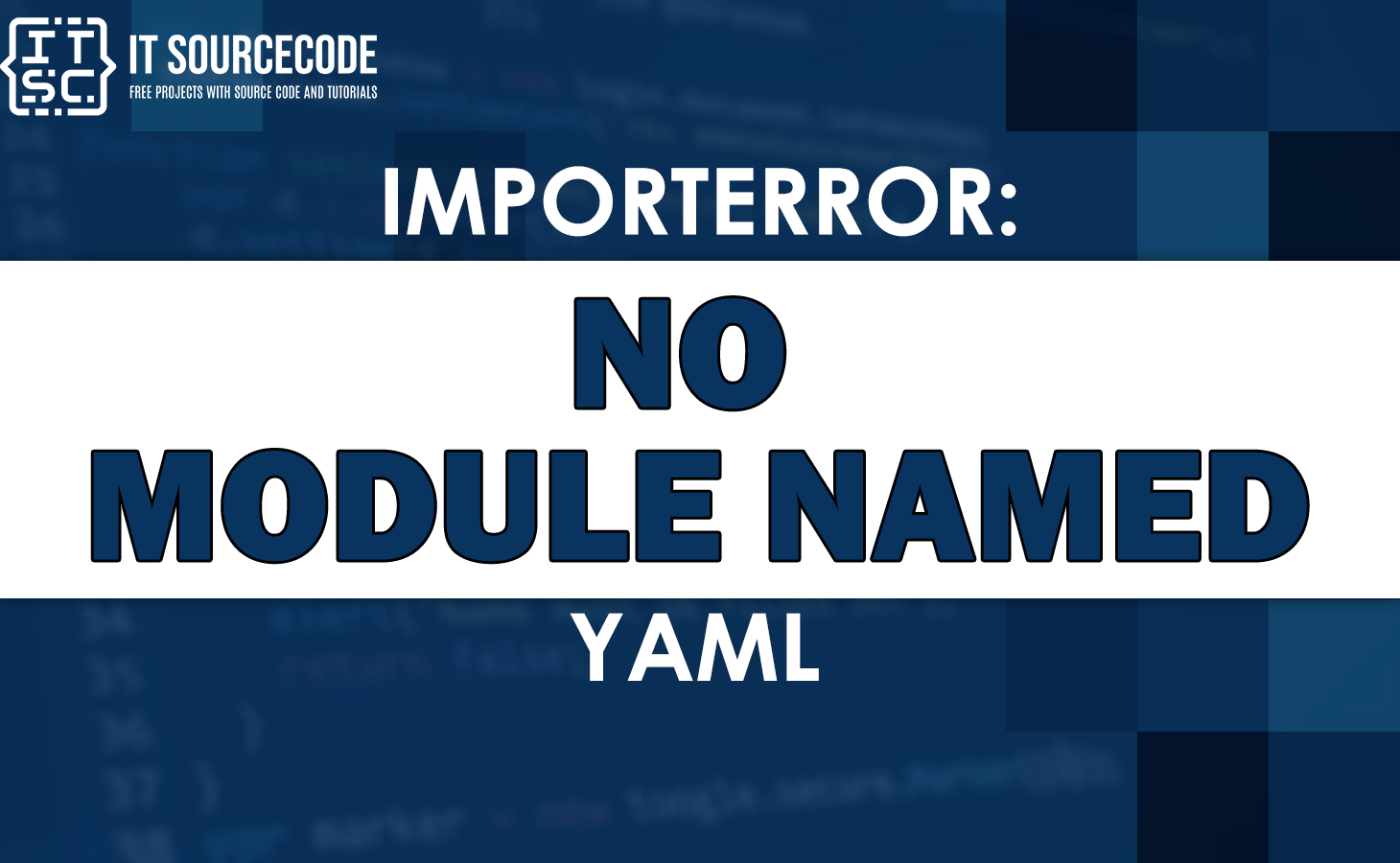ImportError: No module named YAML is one of the errors and exceptions that can hinder your code execution.
Actually, it is common when working with Python programming language.
So in this article, we will explore the causes of this error and discuss possible solutions to resolve it.
What is importerror: no module named yaml?
ImportError: No module named ‘yaml‘ is an error message that is raised when Python has trouble loading the PyYAML module in the import yaml statement.
This happens primarily when the module can’t be located.
There can be several reasons why you might encounter this error:
- Missing YAML module installation
- Incorrect module name or import statement
- Module not included in the Python standard library
- Virtual environment issues
Here’s an example of the error message that you might see when trying to run a script that imports the yaml module without having the PyYAML package installed:
Traceback (most recent call last):
File "myscript.py", line 1, in <module>
import yaml
ImportError: No module named 'yaml'In this example, the script myscript.py tries to import the yaml module on the first line.
However, since the PyYAML package is not installed, Python raises an ImportError with the message No module named ‘yaml’.
How to fix the Importerror: cannot import name ‘protocol_tls’?
Now that we understand the potential causes of the “ImportError: No module named YAML” error, let’s explore some solutions to resolve it:
- Installing the YAML module
The first step is to ensure that the YAML module is installed on your system.
You can use the pip package manager, which is commonly bundled with Python, to install the module.
Open your command prompt or terminal and run the following command:
pip install pyyaml
If you are using conda, you can install PyYAML using:
conda install -c anaconda pyyaml - Verifying the module name and import statement
Double-check the module name and the import statement in your code.
Make sure they match exactly, including capitalization and spelling.
Moreover, correct any typos or discrepancies to ensure the module can be imported successfully. - Use a virtual environment:
It is a best practice for developers to create a virtual environment for every project they create.
This helps you maintain dependencies isolated from the root config of the system.
You can install virtualenv using this command:
pip install virtualenv
And then create a new virtual environment using this command:
virtualenv venv
After activating the virtual environment using source venv/bin/activate, you can install PyYAML using pip install pyyaml. - Compatibility issues
Ensure that the version of the YAML module you are using is compatible with your Python version.
Usually, incompatibilities between different module versions and Python versions can sometimes cause import errors.
Also, you can Update the module or downgrade your Python version
Anyway here are other fixed errors you can check that might help you when you encounter them.
Conclusion
In conclusion, “ImportError: No module named YAML” error is a common error encountered by Python developers when working with YAML-related functionalities.
Unfortunately, this error occurs when the required YAML module is not found or accessible in the Python environment.
However, by identifying the causes of the error and applying the appropriate solutions discussed in this article, you can overcome this issue and ensure the smooth execution of your Python programs that rely on the YAML module.
I think that’s all for this error. I hope this article has helped you fix the issues.
Until next time! 😊

